The renaissance of Italian spirits is undeniable. Who isn't enjoying a Spritz this summer?
Campari and Aperol have sparked a delightful revolution in the way the aperitif occasions is perceived, while vermouth is having a rebirth of its own fuelled by new makers popping up all over the globe. Even Amaro has found its footing once more, and the wider trend for herbal, digestif-style liqueurs and savoury cocktails continues to influence bar menus across the world.
The phrenetic energy and heightened interest in Aperitivo culture and traditional Italian style drinking has now opened a long locked door; an amaretto revival.
Could now be its moment to return to the mainstream!? Even writing that makes me question myself. Amaretto becoming cool again? It's the most unlikely story in drinks.
That said, I really hope so – it’s been stuck in the doldrums for too long and if you take a moment to look at it objectively, it's never looked better than 2023.
Even if it doesn't materialise into a ‘thing’, there's a sliver of opportunity for the right team to capitalise on good will and make the kind of progress that typically takes a years in a matter of a few months.
There are big challenges to overcome, mind. Namely, is amaretto too sweet for the modern, discerning palate? Is there only room for one name and does the omnipresence of Disaronno curtail any dynamism in the category?
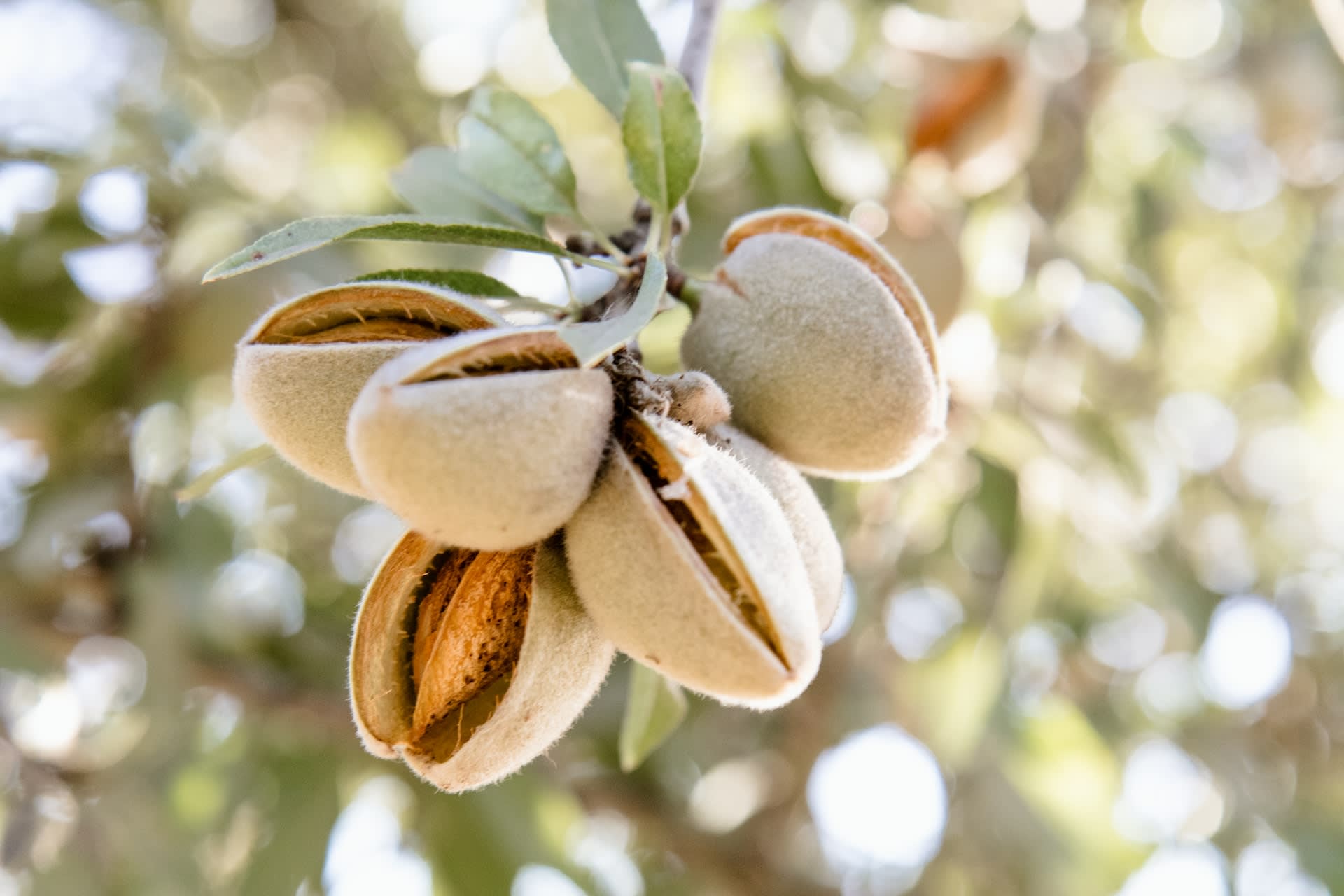

What is Amaretto?
Amaretto is a renowned almond-flavoured Italian liqueur with a history as rich and textured as its distinctive taste. Originating in the 16th century, the sweet, slightly bitter drink is derived from natural flavourings like almonds and apricot pits, enhanced with pure alcohol and sweeteners.
Its name, translating to 'little bitter,' hails from its unique taste profile, a gentle balance of bitterness and sweetness that has bewitched taste buds for centuries.
One alleged origin history of Amaretto is intricately woven with the industrious efforts of the Lazzaroni lineage. Relocating from the Valtellina valley to the Renaissance town of Saronno during the 18th-century marked the onset of their prosperous Amaretti business. It's here that they introduced the renowned Amaretti di Saronno, a delicate blend of bitter-sweet macarons bearing their signature almond essence.
The entrepreneurial spirit lived on in Paolo and Davide, the sons who furthered the Lazzaroni heritage by venturing into liqueurs in the 19th-century. They stake their claim to the creation of Italy's cherished Amaretto in 1851.
A deeper delve into Italian chronicles unearths another contender for the origin of Amaretto – the Reina family, who intriguingly were once employees of the Lazzaronis. The Reina's claim starts in 1525 with a widowed model for Bernardino Luini, a renowned early 16th-century Milanese Renaissance artist. Luini, a noted fresco artist in Milan, took on some projects in Saronno, and it's here that the Reinas lay their claim.
The story goes that the widow, smitten with Luini, gifted him a potion to win his affection – a brew imbued with potent almond aromas.
Believe what you want – romantic, pragmatic, linear or whimsical. All we know for sure is that it’s Italian, old, and delicious.
Historically, amaretto was savoured as a stand-alone drink, typically served neat or over ice, often as a post-dinner digestif to round off a hearty meal. That sweet profile, warmth and complex undertones have long made it a favourite in its homeland.
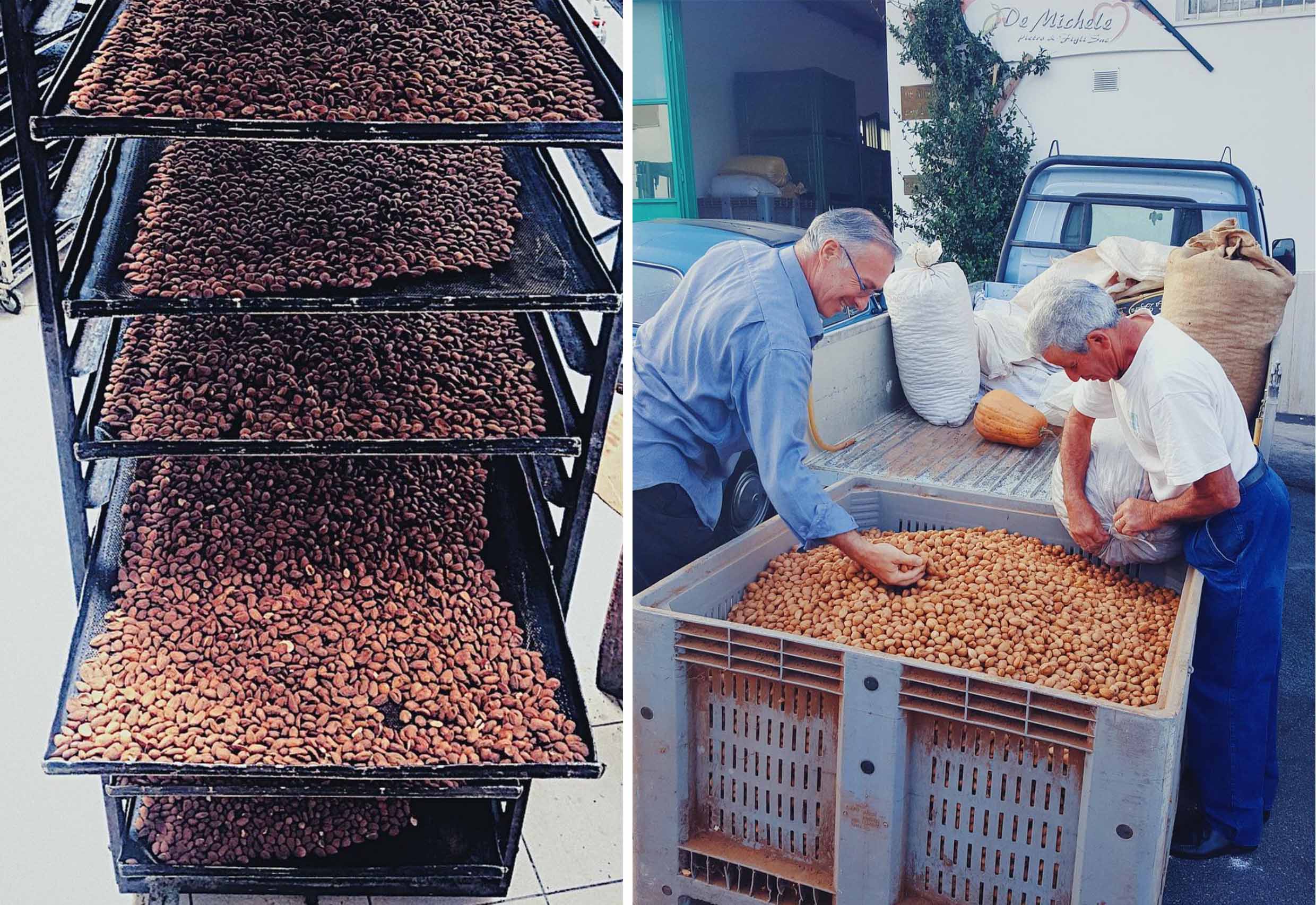
Domestic popularity is not under threat, but in recent decades, the notion of amaretto has grown a bit stale and outdated, often seen as a relic of a bygone era rather than a dynamic part of the global spirits scene.
It’s struggled to shed its dated image internationally or make a significant impact on the world of modern mixology. Just look at the perception of the most famous amaretto cocktail, the Amaretto Sour, which despite continuously appearing in most popular lists is considered ‘retro’.
The thing is retro is trending right now – if only someone to tap into that nostalgia with a modern twist… Moreover, while Disaronno has long been considered enough to fulfil demand (who needs two amaretto’s on the shelf and let's face it, Luxardo's offering is not at the races) they’ve been a brand devoid of imagination for a while now. They are big by default of being the only, not by loyalty.
Breaking a monopoly is a daunting task, but single brand strangleholds on a category can be diversified quicker than one realises.
Look at vermouth. We've gone from the likes of Martini being ubiquitous, to now having completely different offerings depending on the bar you go to. If vermouth can go from behemoth brand only to a category, if coffee liqueur can do it, if cream liqueurs can do - why not Amaretto?
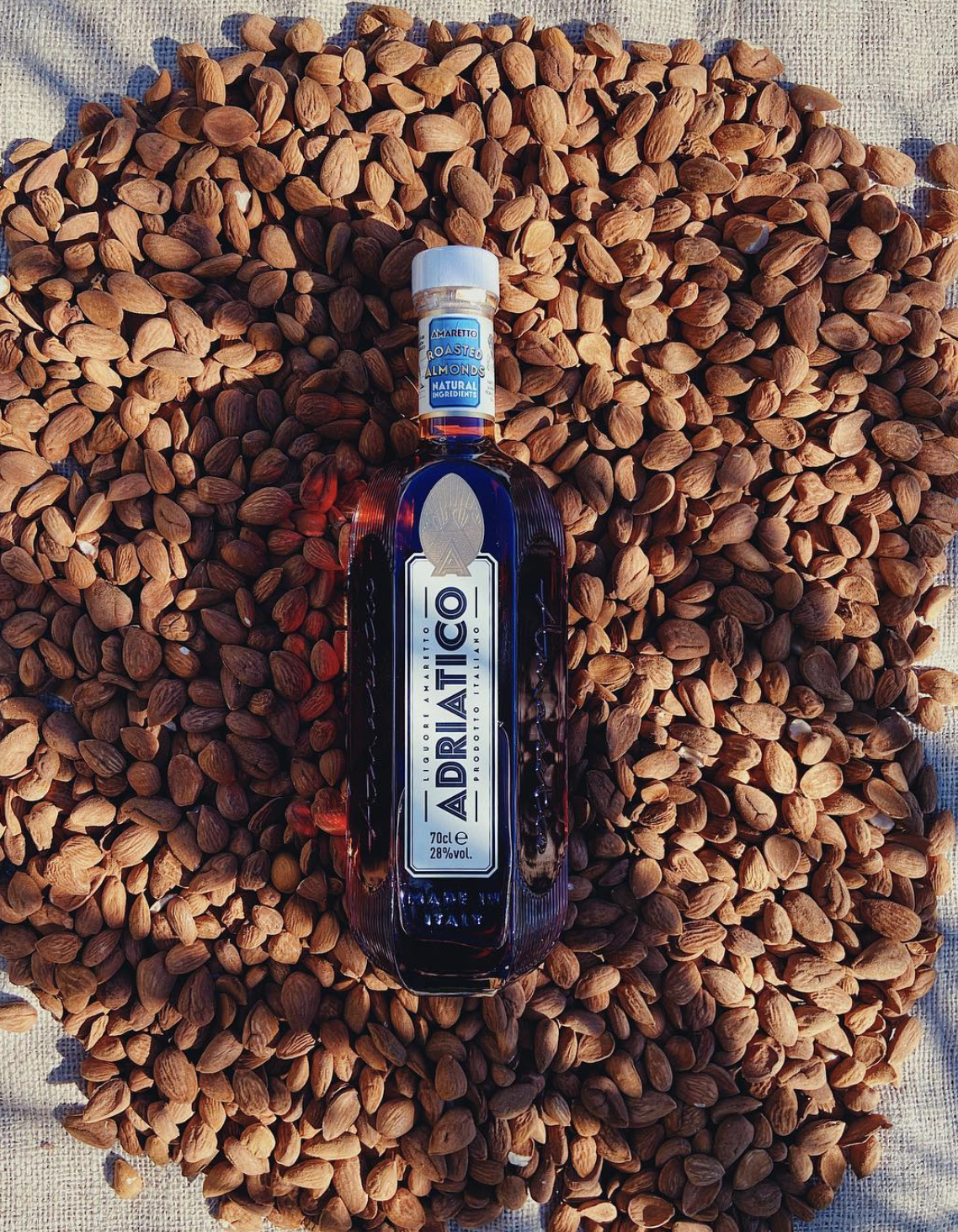
A New Dawn
One brand is stepping up to challenge the status quo and making its mark; ADRIATICO.
Produced in small batches in Puglia, this Italian brand is known for its use of organic almonds, Mediterranean vibes and clever ability to harness nostalgia. It’s causing a stir in the industry.
Co-Founder, Jean Robert Bellanger spoke to us of his intent “We like to introduce ADRIATICO as a new generation amaretto because our main goal is to reinvent – rejuvenate - the amaretto liqueur category.”
The brand's choice of using Apulian "Filippo Cea" almonds, renowned for their taste, brings a layer of quality to their offerings. These hand-picked almonds undergo a meticulous process of roasting, maceration and distillation, which bring out notes of vanilla, cinnamon, cocoa and a hint of coffee to create a beautifully balanced profile. This is further enhanced by the addition of a pinch of saline salt from Margherita di Savoia, subtly evoking the Adriatic Sea.
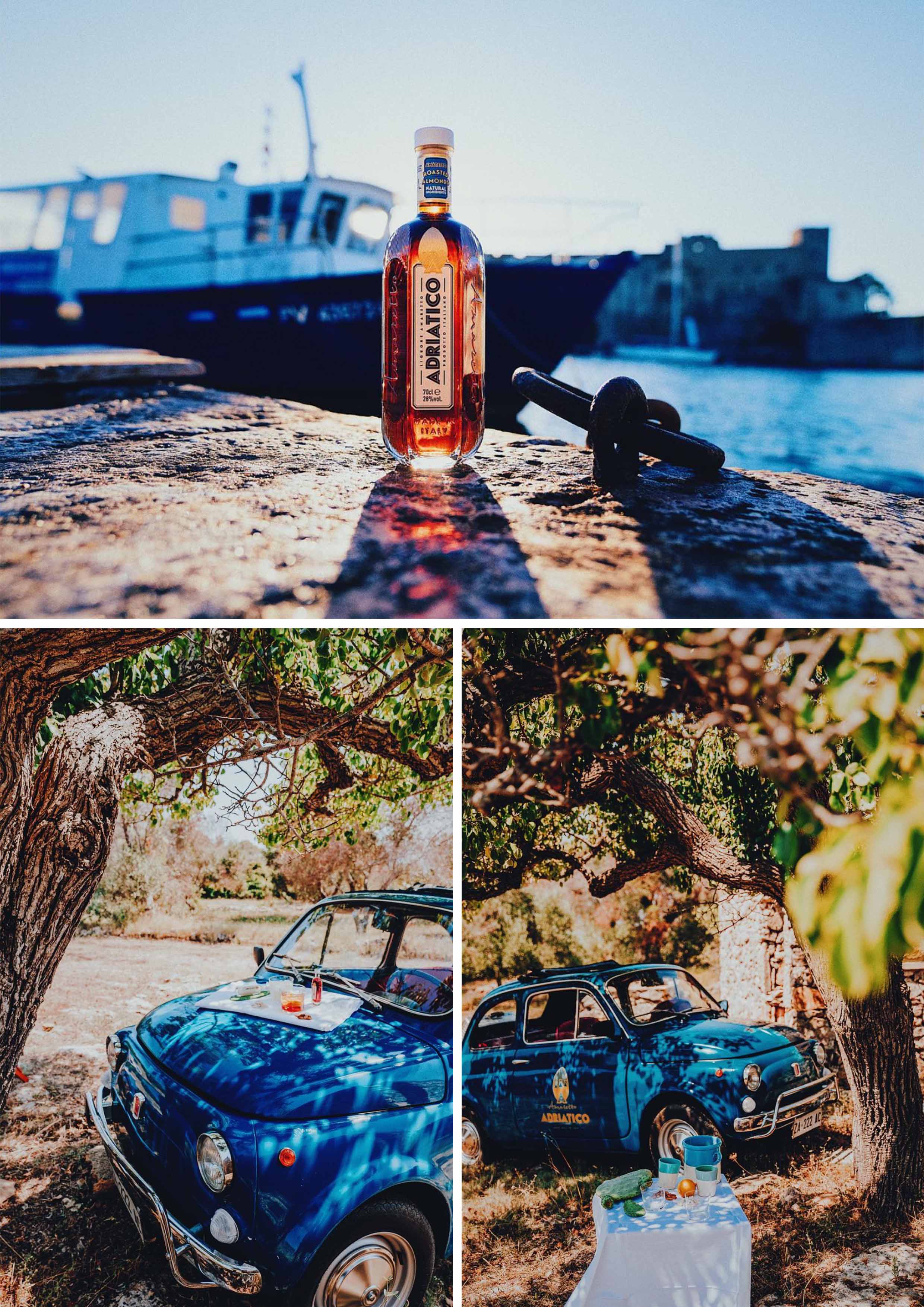
So if the product stands up to modern palates, can ADRIATICO be the ‘unicorn’ brand for amaretto?
It's a tantalising prospect. It’ll involve a bit of luck and a groundswell of momentum around a serve too. Much like how the popularity of the Espresso Martini invigorated the fortunes of Mr Black’s and the two became a runaway success story, ADRIATICO may be able to leverage the renewed interest in the Amaretto Sour to inject a dose of modernity and excitement into this traditional Italian liqueur.
“The amaretto sour was one of the reasons we thought that bringing a new modern product on to the market could be interesting” says Bellanger. “We see more and more drinkers asking for an amaretto sour as a classic cocktail these days and most of the time they say it’s their favourite cocktail! The recipe with the splash of bourbon created by Jeff Morgenthaler helped a lot, I think, to attract new consumers who love bourbon but also who wanted a more robust and less sweet cocktail.”
That’s one half of the requirements in play, so could they the next Mr Black’s?
It’s a flattering comparison right now, but look at the way both are being honed, guided and the way they tap into the zeitgeist where needed and you’ll see it’s not as crazy as it first sounds.
It’s also not lost on Bellanger either; “Their [Mr Black's] products are amazing, the story telling is perfect - a modern approach with many cask experimentations as well to innovate in a category where no innovation has been made for decades!”
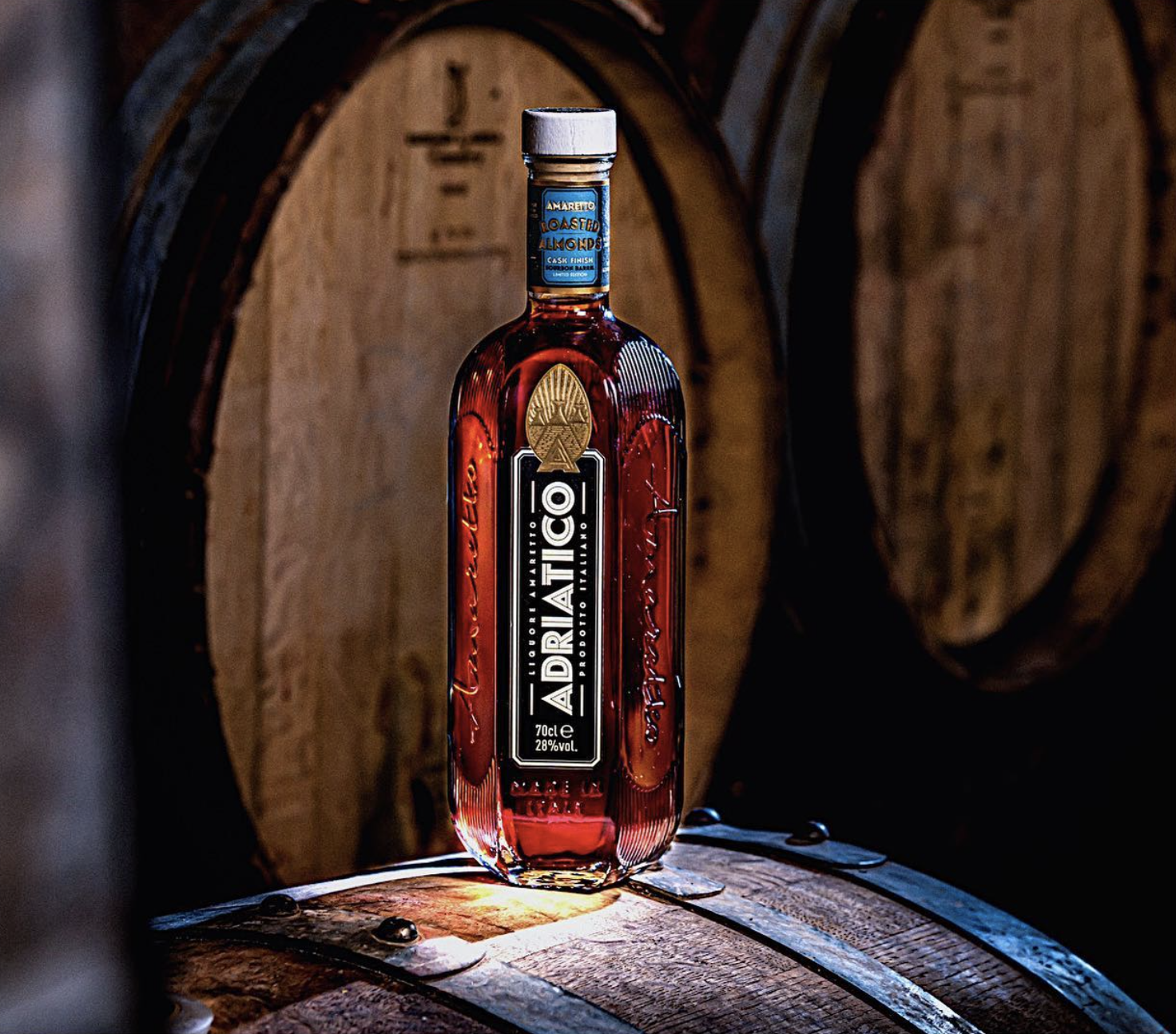
It’s a template that ADRIATICO have adopted wholeheartedly. Modern design, nostalgia and idealised Italian aesthetic presented at each interaction – and a similar approach to innovation with their new barrel-aged versions.
Take the Bourbon barrel-aged version, for instance: the amaretto is spirit is aged in Bourbon casks from Heaven Hill for eight months, has half the sugar than the original and additional infusions of coffee, cocoa and cinnamon, further enriching its complexity. It tastes amazing.
Another interesting twist from ADRIATICO is the Caroni cask variant. This expression is aged in ex-Rum Caroni barrels for 12 months, infusing it with the characteristic Caroni notes of honey, citrus, tropical fruits, cloves, and tar. There’s another due in September too, a 24 month Banollo Grappa cask aged version.
Cask aged amaretto might be niche, but just as they have for Mr Black’s the releases help add interest and fresh perspectives on what’s possible, namely – when it comes to premium'ising the category.
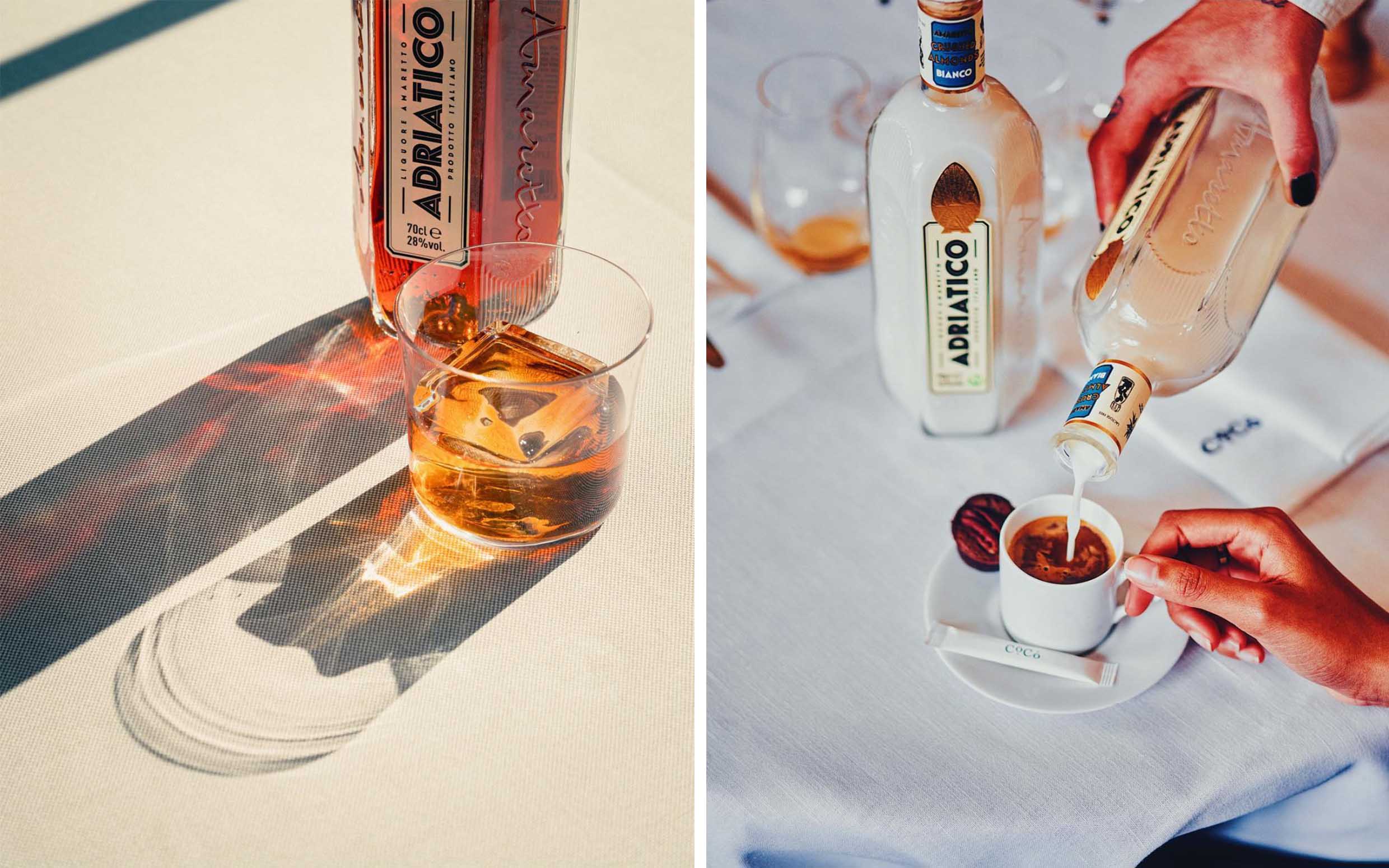
What’s clear is that if it’s ever to take off, now is the time.
There’s a clever challenger, a clunky incumbent, a cocktail continuing to make a comeback, other drinks like The Godfather remaining perennial classics (as well as new ones like the Negrotto -a Negroni twist with amaretto instead of the vermouth building a fanbase) and a prominent trend for nostalgia and Italian wanderlust.
It might just be possible for ADRIATICO to not only reignite the love for amaretto but to also redefine what this well-loved liqueur can be for a future generation.
Here’s hoping!



